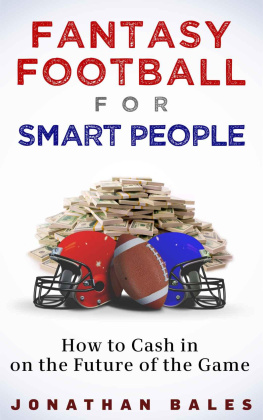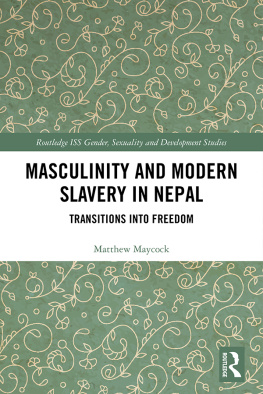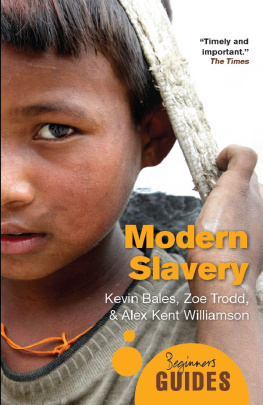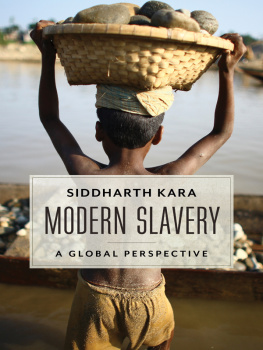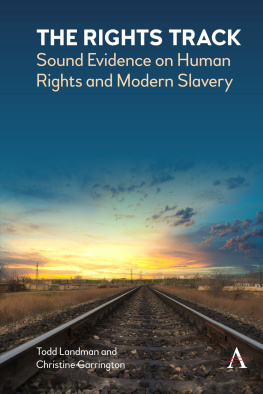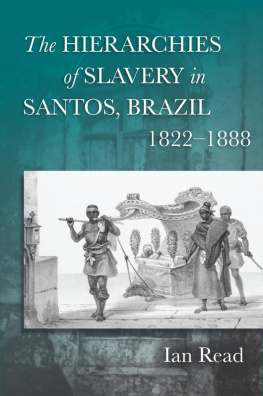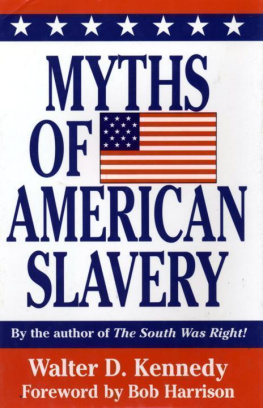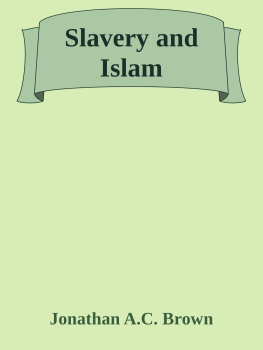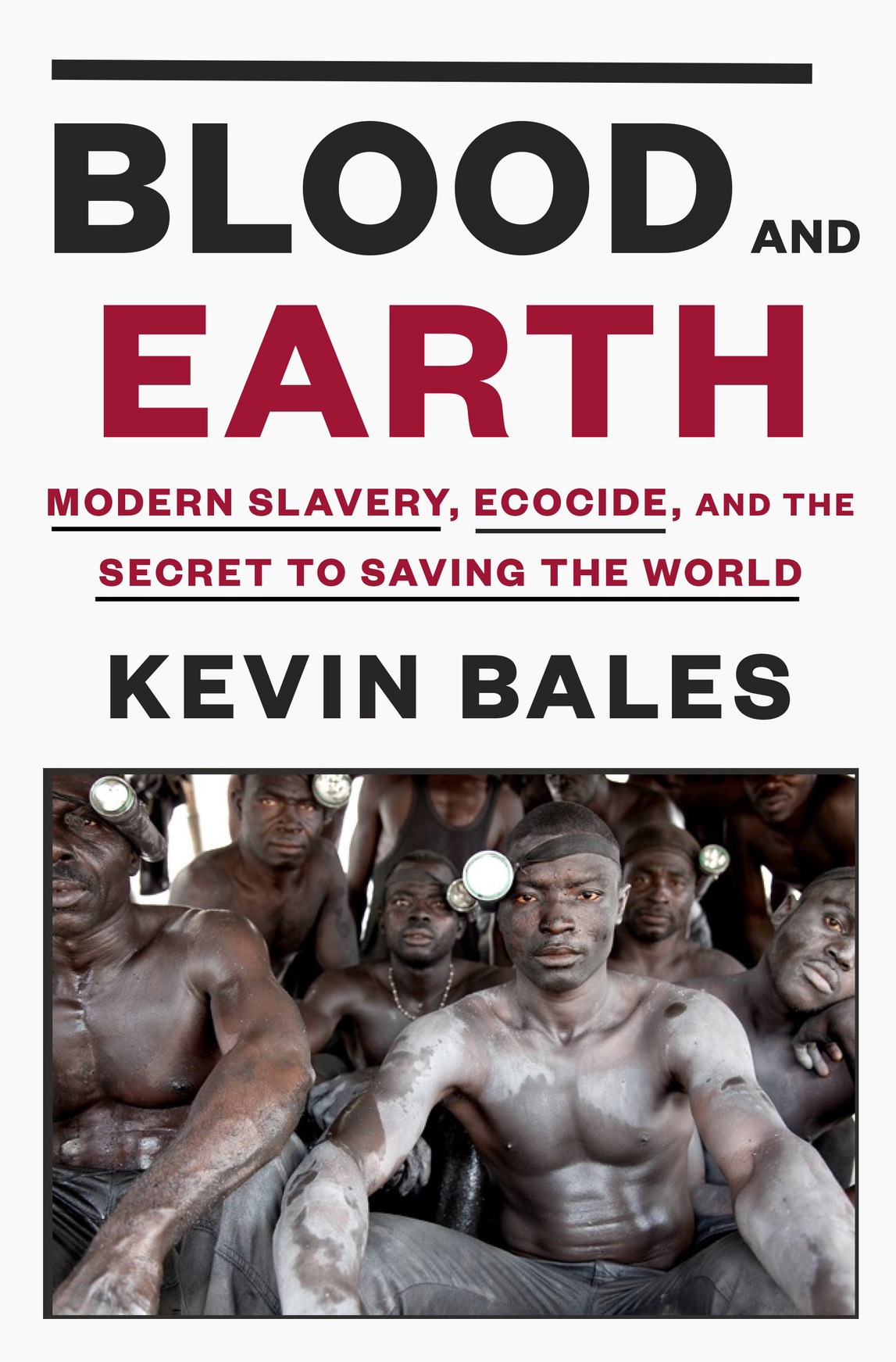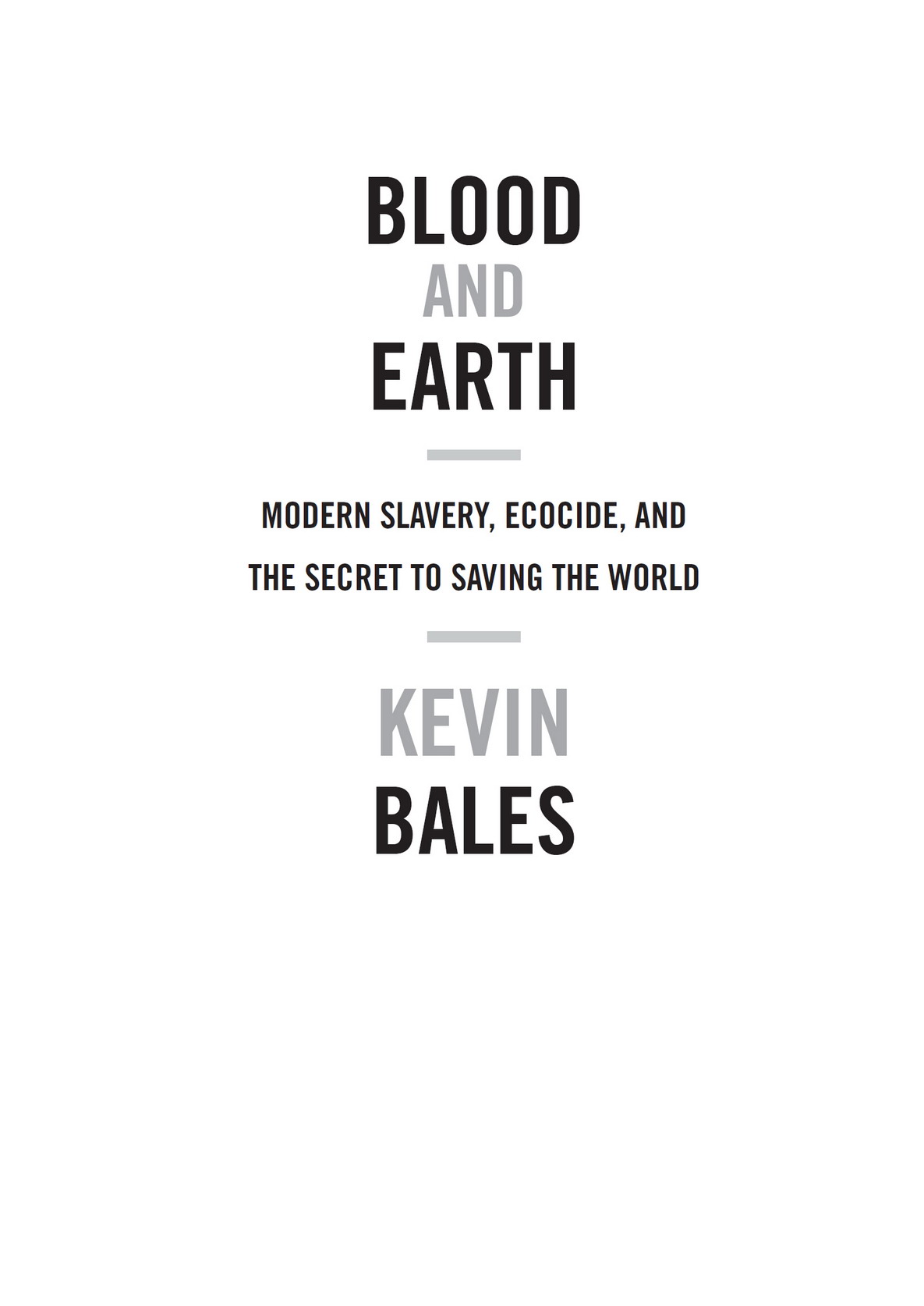All rights reserved.
Published in the United States by Spiegel & Grau, an imprint of Random House, a division of Penguin Random House LLC, New York.
S PIEGEL & G RAU and the H OUSE colophon are registered trademarks of Penguin Random House LLC.
Bales, Kevin.
Blood and earth : modern slavery, ecocide, and the secret to saving the world / Kevin Bales.First edition.
Includes bibliographical references.
1. SlaveryEnvironmental aspectsDeveloping countriesHistory21st century. 2. Slave laborEnvironmental aspectsDeveloping countries. 3. Environmental degradationDeveloping countries. 4. Consumption (Economics)Environmental aspects. I. Title.
SECRETS
Its never a happy moment when youre shopping for a tombstone. When death comes, its the loss that transcends everything else and most tombstones are purchased in a fog of grief. Death is a threshold for the relatives and friends who live on as well, changing lives in both intense and subtle ways. Its the most dramatic and yet the most mundane event of a life, something we all do, no exceptions, no passes.
Given the predictability of death it seems strange that Germany has a tombstone shortage. Its not because they dont know that people are going to die; its more a product of the complete control the government exerts over death and funerals. Everyone who dies must be embalmed before burial, for example, and the cremated can be buried only in approved cemeteries, never scattered in gardens or the sea. Rules abound about funerals and tombstoneseven the size, quality, and form of coffins and crypts are officially regulated. All this leads to a darkly humorous yet common saying: If you feel unwell, take a vacationyou cant afford to die in Germany.
Granite for German tombstones used to come from the beautiful Harz Mountains, but now no one is allowed to mine there and risk spoiling this protected national park and favorite tourist destination. So, like France and many other rich countries, including the United States, Germany imports its tombstones from the developing world.
Some of the best and cheapest tombstones come from India. In 2013 India produced 35,342 million tons of granite, making it the worlds largest producer. Add to this a growing demand for granite kitchen countertops in America and Europe, and business is booming. There are more precious minerals of course, but fortunes can be made in granite. In the United States, the average cost of installing those countertops runs from $2,000 to $8,000, but the price charged by Indian exporters for polished red granite is just $5 to $15 per square meterthat comes to about $100 for all the granite your kitchen needs. The markup on tombstones is equally high. The red granite tombstones that sell for $500 to $1,000 in the United States, and more in Europe, are purchased in bulk from India for as little as $50, plus a US import duty of just 3.7 percent.
Leaving aside what this says about the high cost of dying, how can granite be so cheap? The whole point of granite, that it is hard and durable, is also the reason it is difficult to mine and process. It has to be carefully removed from quarries in large thin slabs, so you cant just go in with dynamite and bulldozers. Careful handling means handwork, which requires people with drills and chisels, hammers and crowbars gently working the granite out of the ground. And in India, the most cost effective way to achieve that is slavery.
See the little girl playing with the hammer? asked a local investigator. Along with the child, the size of the hammer grows, and thats the only progress in her life. Slavery in granite quarries is a family affair enforced by a tricky scheme based on debt. When a poor family comes looking for work, the quarry bosses are ready to help with an advance on wages to help the family settle in. The rice and beans they eat, the scrap stones they use to build a hut on the side of the quarry, the hammers and crowbars they need to do their work, all of it is provided by the boss and added to the familys debt. Just when the family feels they may have finally found some security, they are being locked into hereditary slavery. This debt bondage is illegal, but illiterate workers dont know this, and the bosses are keen to play on their sense of obligation, not alert them to the scam thats sucking them under.
Slavery is a great way to keep your costs down, but theres another reason why that granite is so cheapthe quarries themselves are illegal, paying no mining permits or taxes. The protected state and national forest parks rest on top of granite deposits, and a bribe here and there means local police and forest rangers turn a blind eye. Outside the city of Bangalore, down a dirt track, and into a protected jungle area, great blocks of granite wait for export. People have found it easy to just walk into the forest and start mining, explained Leo Saldanha of the local Environmental Support Group. Obviously it means the government has failed in regulatingand senior bureaucrats have colluded to just look the other way.
Supriya Awasthi has been an anti-slavery worker in India for nearly twenty years. Her work takes her through the halls of government and down into the depths of human suffering. A fearless woman, she is especially good at talking her way into places slave masters try to hide. Not long ago she took this remarkable photograph, tricking a slave master into showing off his quarry and his slaves:
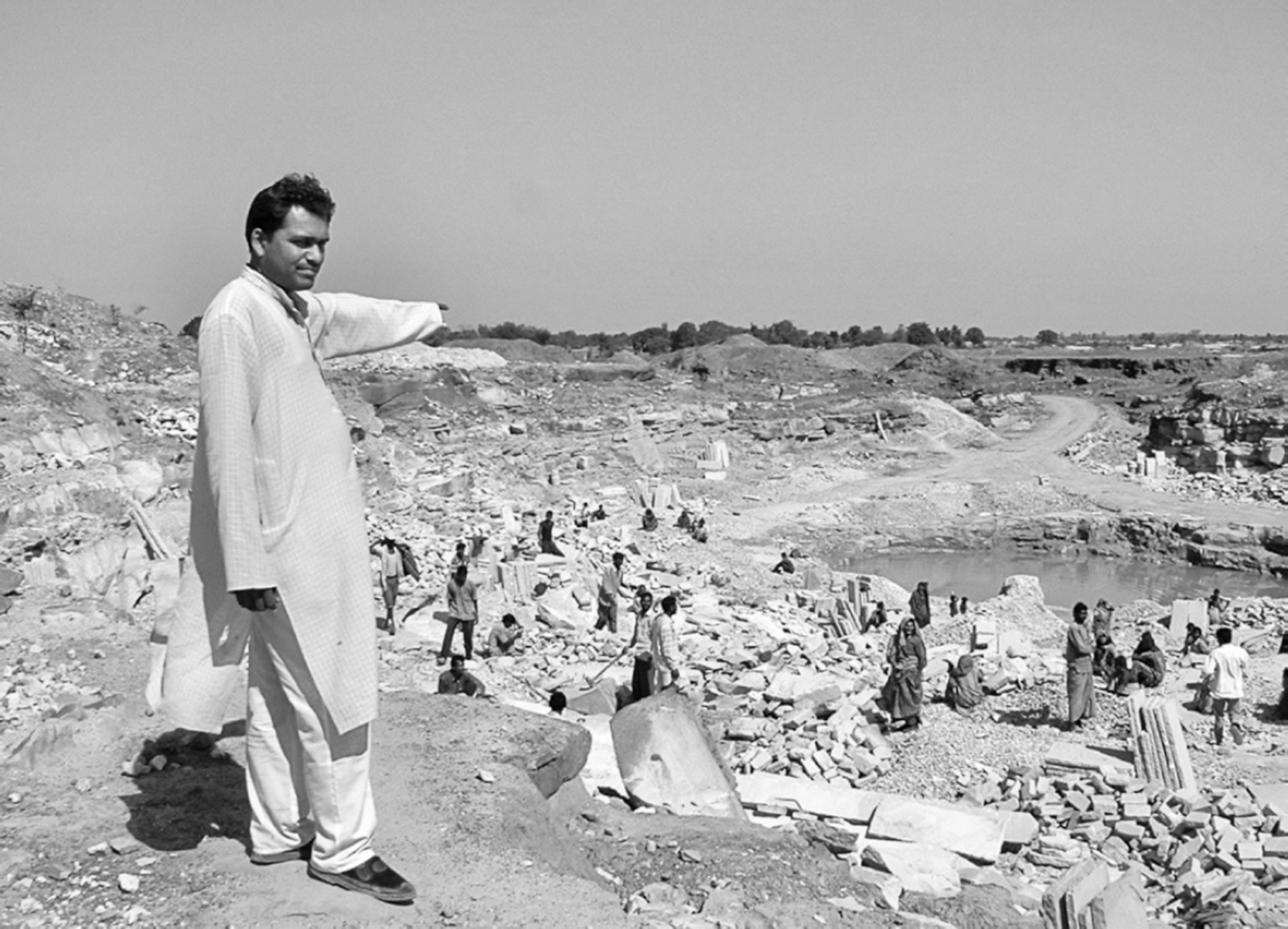

The slave master showing off his families of hereditary slaves
Weve all got a picture in our minds of what a slave master looks like. Heres the twenty-first-century version: clean, well-fed, and proud of his business. This quarry, carved out of a protected national forest, is producing not granite but the big sandstone slabs used in European cities for paving squares and plazas. You can see the slabs stacked in the lower right. Near the slabs are clusters of small children chipping and shaping the stone. Their fathers are toiling along the rock face on the left, and their mothers are carrying the quarried stone to where they and their children will work it into shape. The forest is long gone, along with the soil, and when this quarry is worked out and abandoned the area will simply be wasteland, useless as forest or farmland.


